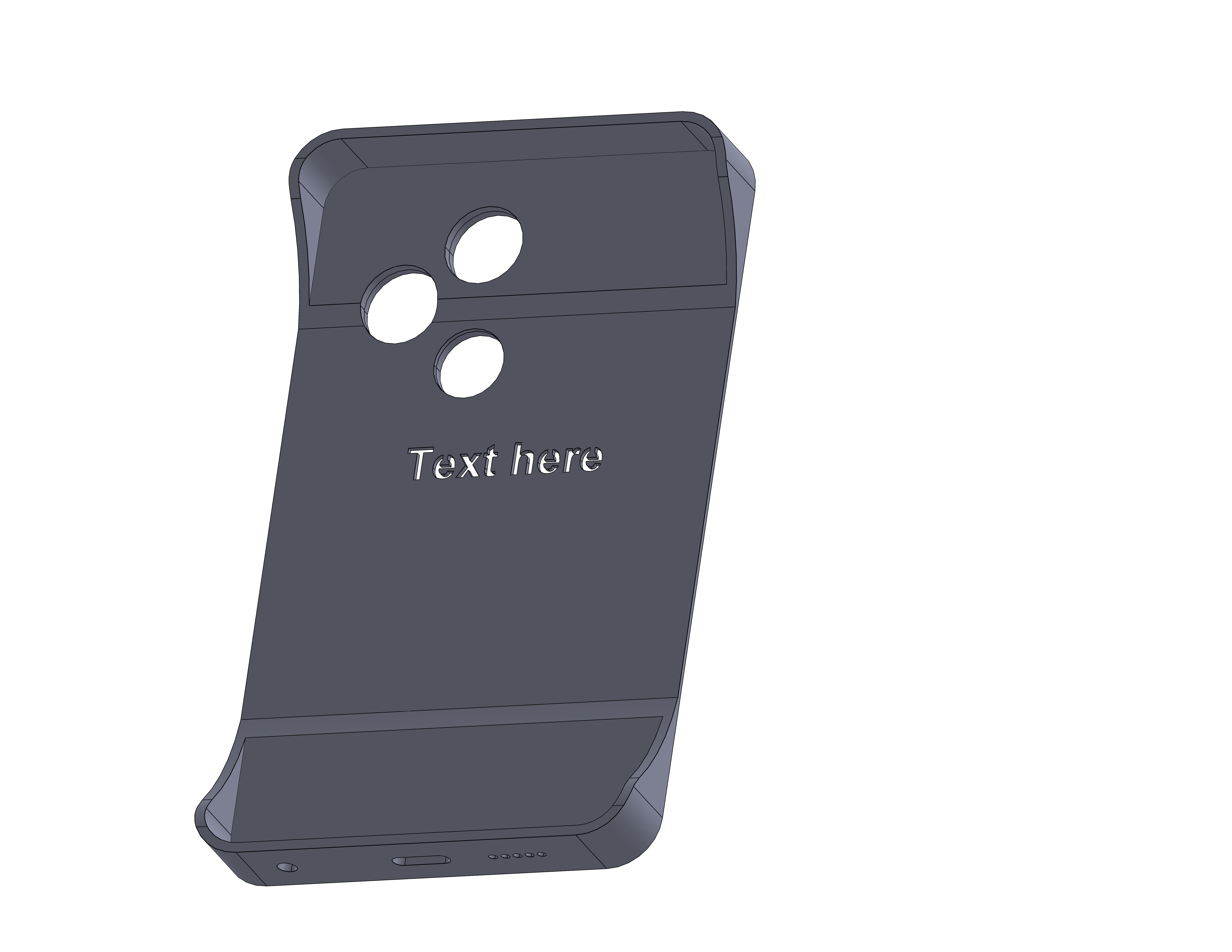0.4mm text in PLA
A
Hey all, my part needs to have perforated text on a thin PLA sheet, and the text is 0.4 mm thick. Do you think that’s wide enough to print cleanly without running into issues like weak layers or gaps? Or should I bump up the thickness a bit? The text width in the Y and Z axes is 0.4 mm and it perforates a thin wall, and the perforated thin wall is the first layer.
Suggested Topics
Topic
Replies
Views
Activity
Feasibility of using DMLS aluminum parts for pressure-test prototypes
I’m testing the idea of using DMLS Aluminum parts as pre-production prototypes for a high-pressure fluid system. These would be static housings only, not moving parts. Has anyone validated 3D-printed aluminum components under realistic... read more
0
100
Nov 24
Process for a low-volume stainless steel pump impeller
Hi all, I’m designing a stainless steel impeller for a small pump (diameter around 80 mm). Would you go for metal additive manufacturing or casting if you need tight tolerances on the blades and... read more
1
188
Nov 24
Minimum letter size for raised text on SLS nylon parts
I’m working on a medical device enclosure that needs raised lettering (product name and serial number) on the lid, printed in SLS nylon. The letters are around 2 mm high with a stroke width... read more
4
508
Oct 30
2 mm stainless sheet bend radius
I’d like some help with a project. I’m designing a stainless steel 304 enclosure with multiple 90° flanges (sheet thickness ~2 mm). For strength and edge alignment, I want the inside bend radius to... read more
4
401
Oct 24
Urethane casting for sensor housings
Hello all, I’m looking for some advice. I’m working on a prototype of a handheld casing for an outdoor sensor (approx. 20×10×5 cm) that needs to be rigid, weather-resistant, and have fine surface details.... read more
6
204
Nov 13
 Europe
Europe  Türkiye
Türkiye  United Kingdom
United Kingdom  Global
Global 

 Login with my Xometry account
Login with my Xometry account 